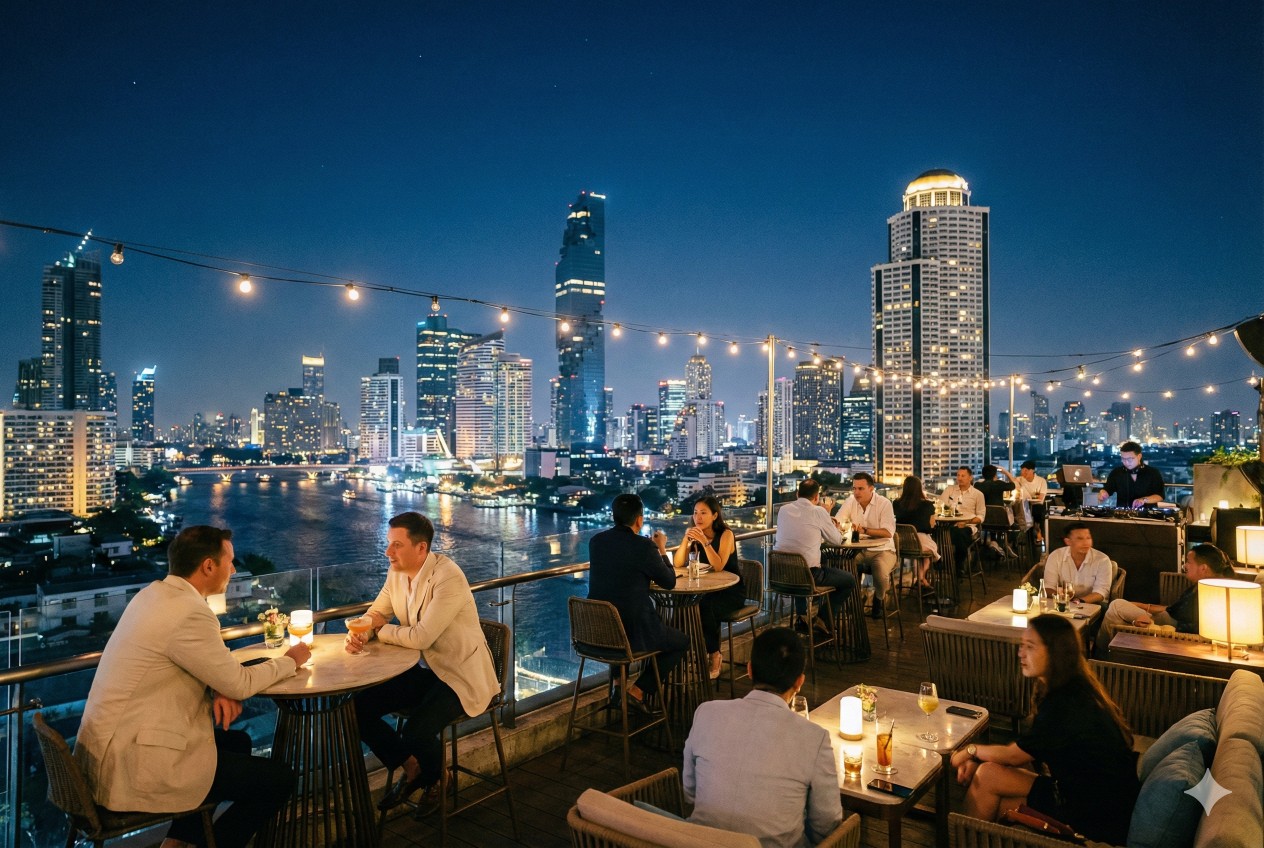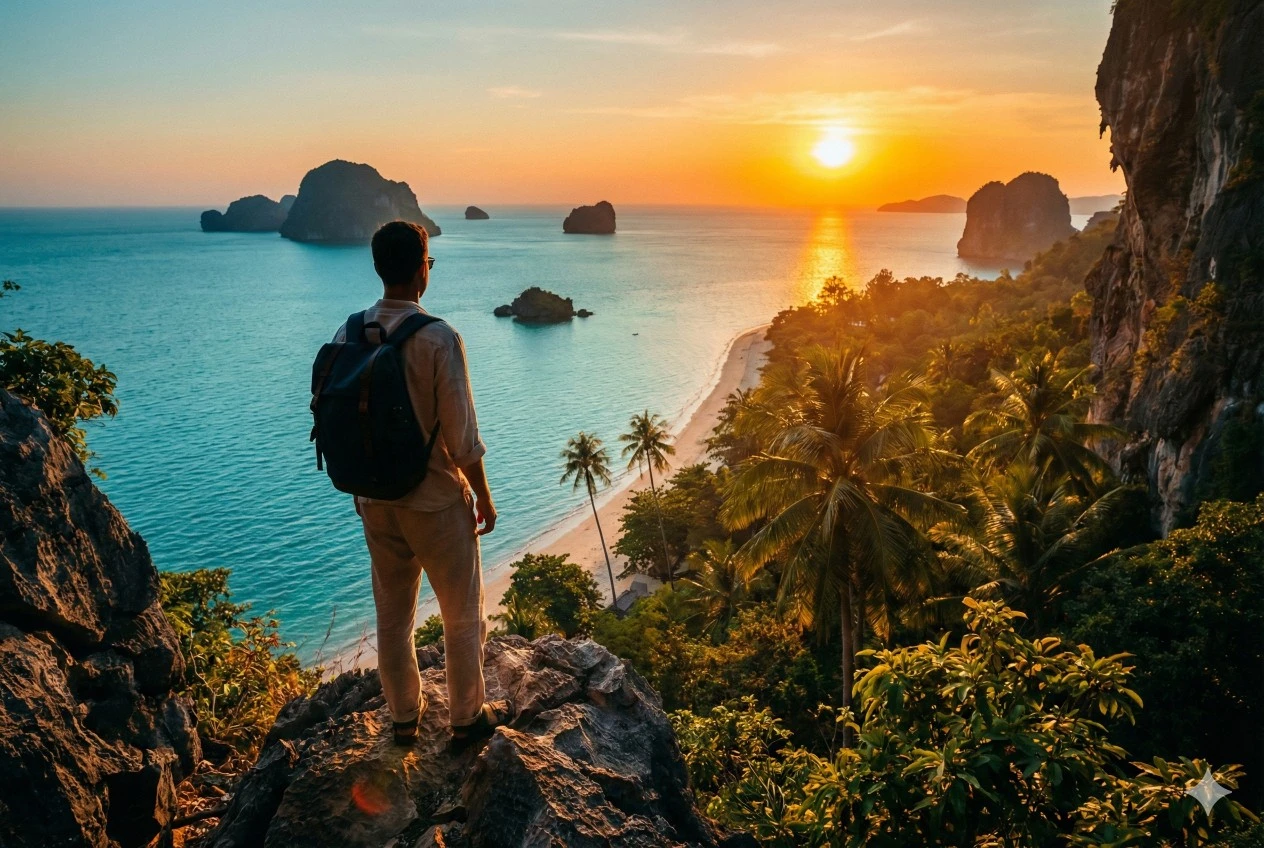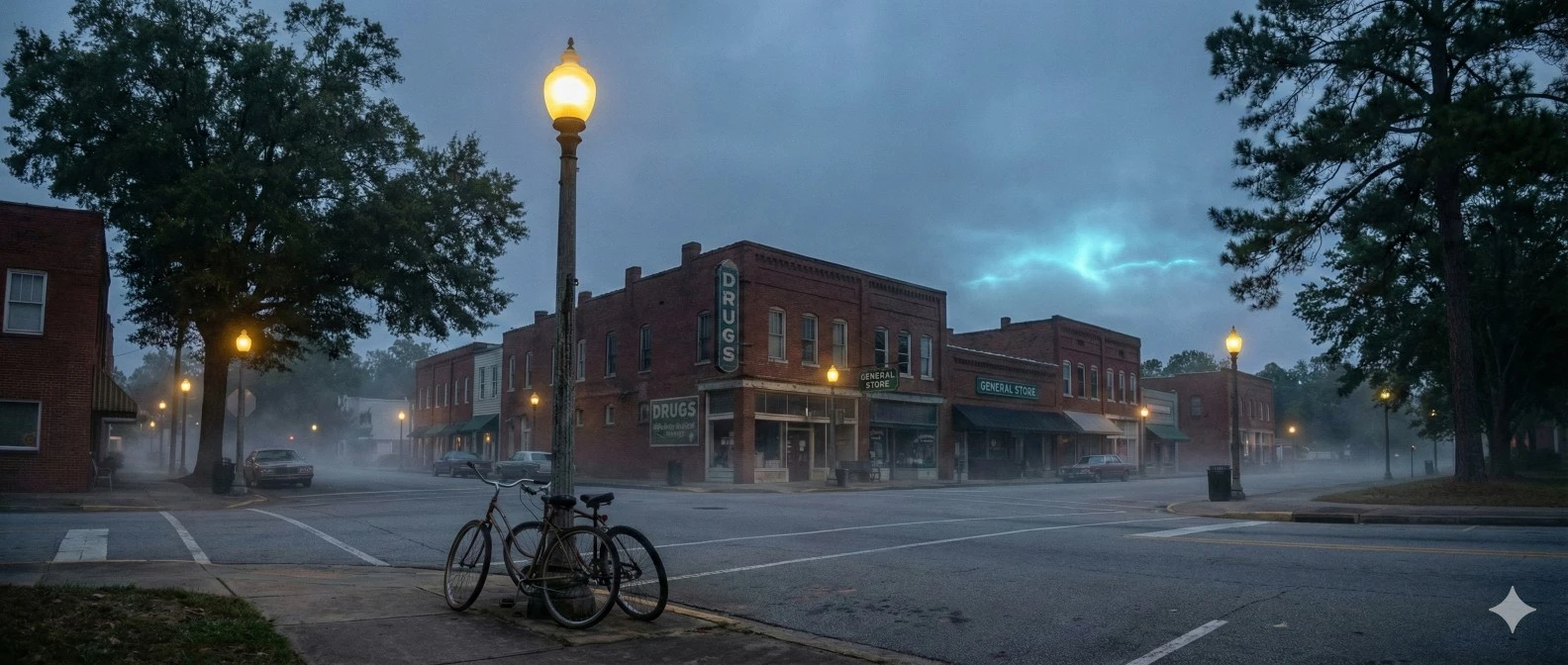However, many people don’t know that India has its own old and very important festivals that have similar themes. For hundreds of years, different groups of people in India have performed rituals to honour the dead, calm spirits, and recognise the strange link between life and death. These festivals aren’t just about buying souvenirs; they’re deep cultural experiences that are full of history and tradition.
They give us an interesting look at how different cultures see the spirit world, remember their ancestors, and keep bad things away. India is getting ready for its own traditional celebrations while the rest of the world gets ready for Halloween. If you like to learn more about a country’s culture when you travel, then going to these one-of-a-kind Indian festivals will be a much better experience.
“Here are seven amazing Indian holidays, like Halloween, that have their own special ways of honouring the dead and connecting with the spirit world.”
1. Bhoot Chaturdashi: The Night of the Spirits in Bengal
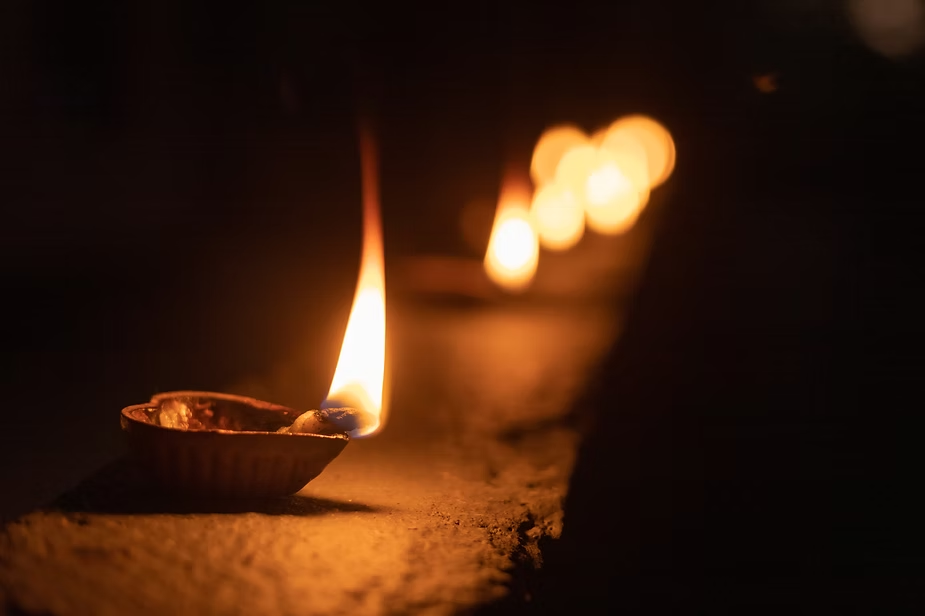
Where: West Bengal
When: The 14th day of Krishna Paksha in the Hindu month of Kartik, which is around October 29, 2025.
Bhoot Chaturdashi, which means “Ghost Fourteenth,” is celebrated in West Bengal the day before Kali Puja, which is the same day as Diwali in North India. This festival is like Halloween in Bengal, but it’s spooky and interesting. It’s a night to keep bad spirits away and honour the spirits of 14 generations of ancestors.
The “Halloween” Connection: People believe that on this night, the line between the living and the dead is thin, and the souls of the dead visit their living relatives. People also think that evil spirits are at their strongest.
How It’s Celebrated:
- Lighting 14 Diyas: To keep the spirits of their 14 ancestors from getting lost, families light 14 earthen lamps (diyas) and put them in different dark corners of the house. This action invites the ancestors and keeps bad spirits away.
- Eating 14 Leafy Greens (Choddo Shaak): A special dish is made by cooking 14 different kinds of leafy greens (choddo shaak). People think that doing this ritual will keep their family safe from evil spirits and healthy all year long.
- A Link to Kali Puja: Shakti worship and Tantra have been important in Bengal for a long time. People believe that Bhoot Chaturdashi and Kali Puja are powerful nights when the goddess is called on to keep the family safe from evil forces.
Pro Tip for Travellers: If you’re in Kolkata during this time, a good tip is to go to a local market like Gariahat or Maniktala. You will see people selling bundles of the 14 different kinds of leafy greens that are needed for the Choddo Shaak ritual. This is a one-of-a-kind cultural event.
2. The Cow Festival is called Gai Jatra
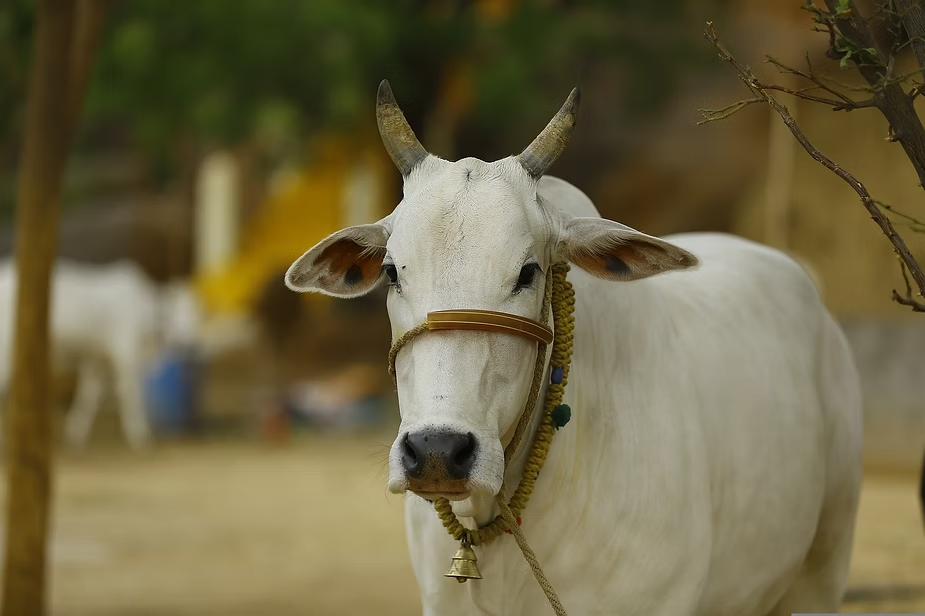
Image by Hanub Krishna
Where: Mostly in Nepal, but also in Sikkim and Darjeeling, India, where there are Nepali people.
When: The first day of the dark fortnight in the month of Bhadra, which is usually in August or September.
Gai Jatra, or the “Festival of Cows,” is a special festival that helps people deal with the death of a loved one in a colourful and communal way. People think that the holy cow helps the souls of the dead get to heaven.
The “Halloween” Connection: People who have lost a family member in the past year dress up as cows or holy men and walk in a procession to honour the dead. Like Halloween, which mixes scary and fun things, the festival mixes sadness with satire and humour.
How it’s Celebrated:
- The Procession: A young boy from the family that is sad dresses up as a cow and leads a procession through the town.
- Humour and Satire: People also use the day to make fun of politicians and social issues. People think that laughing can help ease the pain of grief.
- Sharing Food: People in the parade give food, candy, and money to those who are there.
Pro Tip for Travellers: If you’re in Gangtok (Sikkim) during this time, you can see a smaller but just as lively version of this festival. This is a great chance to see a mix of Hindu customs and the culture of the Himalayas.
3. Pitru Paksha: The Two Weeks of the Ancestors
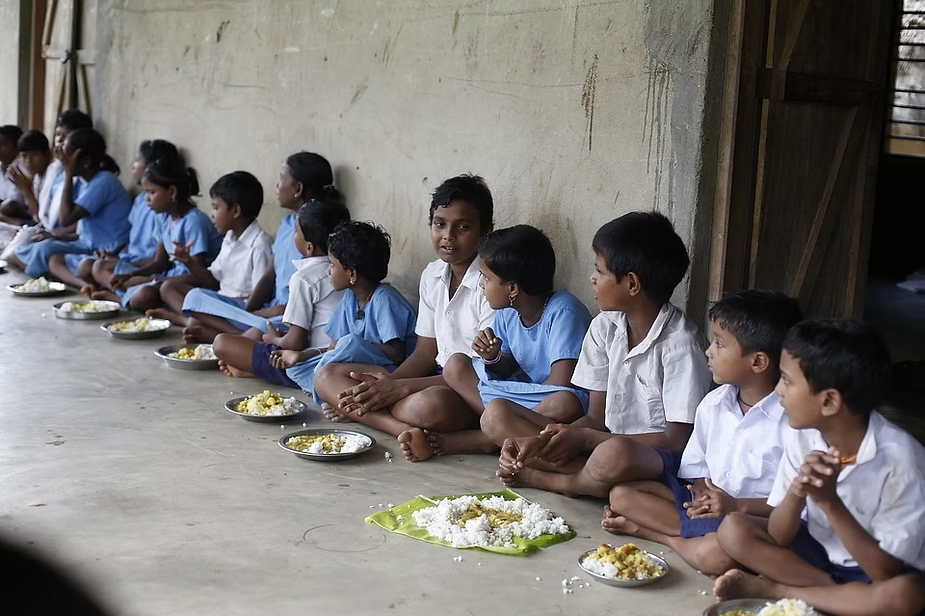
Where: All over India, but especially in holy cities like Gaya and Varanasi.
When: A 16-day lunar cycle in the Hindu month of Bhadrapada, which is usually in September.
Pitru Paksha is not a one-day festival; it lasts for 16 days and is a time for Hindus to honour their ancestors (Pitrs). It is a serious and deeply spiritual time when people think about and give thanks. People think that the souls of the three generations of ancestors who came before you live in a place between heaven and earth called Pitriloka. They can come back to earth during Pitru Paksha.
The “Halloween” Connection: The whole point of this festival is to honour and connect with the spirits of the dead, just like the original All Hallows’ Eve traditions. This is to make sure they are safe in the afterlife.
How It’s Celebrated:
- Tarpan is the act of giving water mixed with sesame seeds to the ancestors. It happens every day during Pitru Paksha.
- Pind Daan: This is the most important ritual, in which food (pindas, or balls of rice and barley flour) is given to the ancestors. People think this will feed and satisfy their souls.
- Families make their ancestors’ favourite foods and give them to priests (Brahmins), crows (which are thought to be messengers of Yama, the god of death), cows, and dogs.
Pro Tip for Travellers: If you’re in Varanasi during Pitru Paksha, you can see the moving Pind Daan ceremonies taking place along the ghats of the River Ganga. It is a very strong and real show of Hindu faith, but please be respectful and watch from a distance.
4. Shab-e-Barat: The Night of Forgiveness
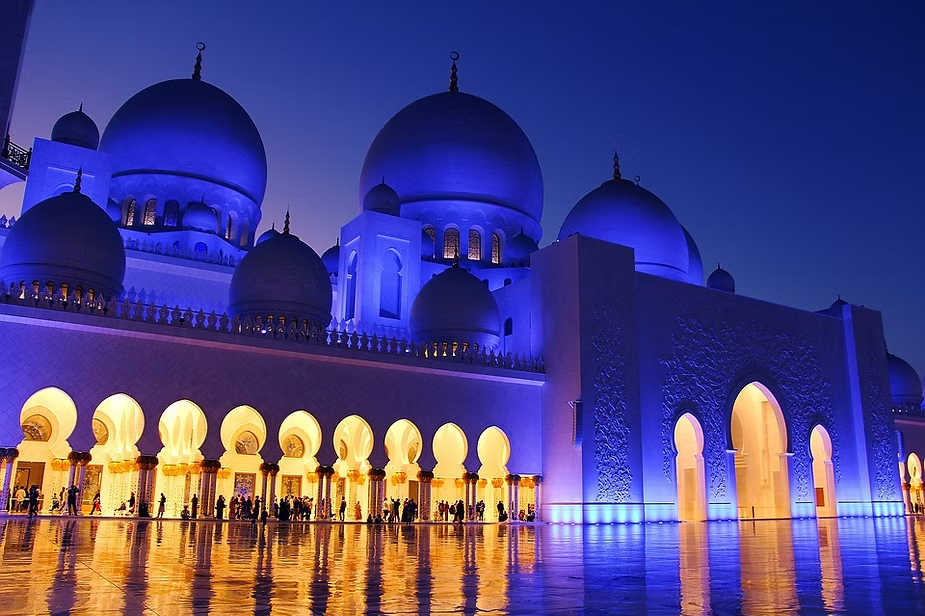
Where: Muslim communities all over India celebrate it.
When: The night before the 14th and 15th of Sha’aban, the eighth month of the Islamic calendar.
Shab-e-Barat, which means “The Night of Records,” is an important night for Muslims. People think that Allah decides what will happen to everyone in the coming year on this night. This night is for praying, thinking, and asking for forgiveness for yourself and for the souls of those who have passed away.
The “Halloween” Connection: One of the most important parts of Shab-e-Barat is visiting the graves of loved ones who have passed away to pray for their souls. This is similar to how Halloween is based on honouring the dead.
How it’s Celebrated:
- Night-long prayers: A lot of Muslims stay up all night praying and reading the Quran to ask Allah to forgive their sins and those of their ancestors.
- People go to cemeteries to visit the graves of their loved ones, clean them, light candles or incense, and pray for their loved ones’ peace in the afterlife.
- Sharing Sweets: It’s also a time to celebrate, and tasty sweets like halwa are made and given to family, friends, and the poor.
Pro Tip for Travellers: If you’re going to a city with a lot of Muslims, like Delhi, Lucknow, or Hyderabad, you can really feel the special mood of this night. The mosques are lit up beautifully, and there are a lot of people praying quietly near the cemeteries.
5. Bada Badua Daka: Odisha’s Call to the Ancestors
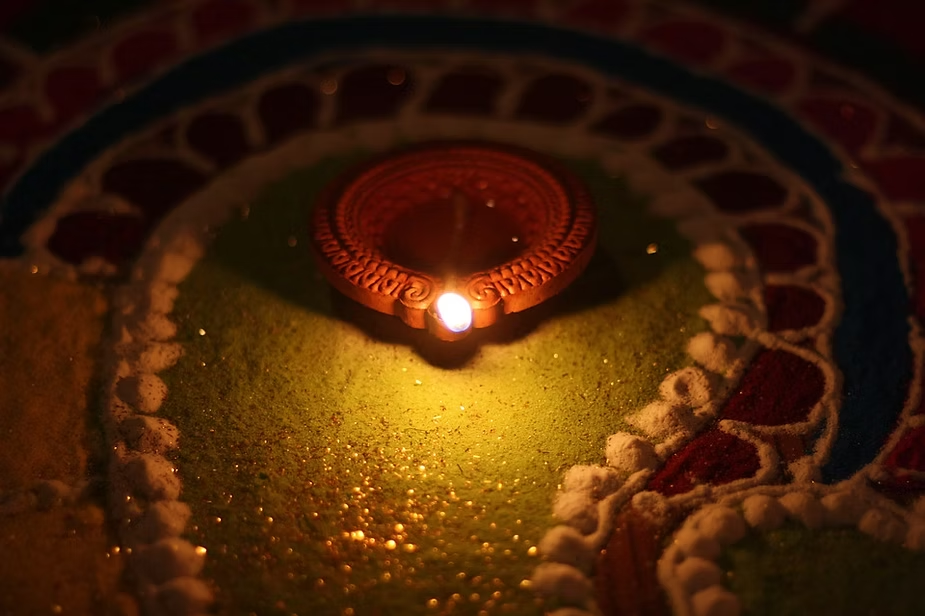
Where: Odisha
When: The night of Diwali (Kali Puja)
People in Odisha do a special ritual called Bada Badua Daka on the same night that most of India celebrates Diwali. This lovely and moving ceremony is done to honour and remember their ancestors.
The “Halloween” Connection: This ritual directly invites the spirits of the ancestors to come to the family, get their light and offerings, and then go back to the spirit world in peace.
How it’s Celebrated:
- Lighting Jute Sticks: People from the same family gather in front of their homes. They set fire to bundles of jute stems and hold them up to the sky.
- The Chant: While holding the burning jute sticks, they chant a specific prayer in the Odia language: “Badabadua ho, andhaare aasa, aalua re jao.” This means, “Oh, our ancestors, come in the dark and go back along the lighted path.”
- A Path of Light: The diyas and lamps that are lit for Diwali are thought to guide the ancestors back to heaven peacefully after their visit.
Pro Tip for Travellers: If you’re in a city like Puri or Bhubaneswar during Diwali, you can see this beautiful ritual being done outside of many homes at night. It’s a beautiful, quiet, and personal tradition.
6. Mahalaya Amavasya: The Call to the Ancestors
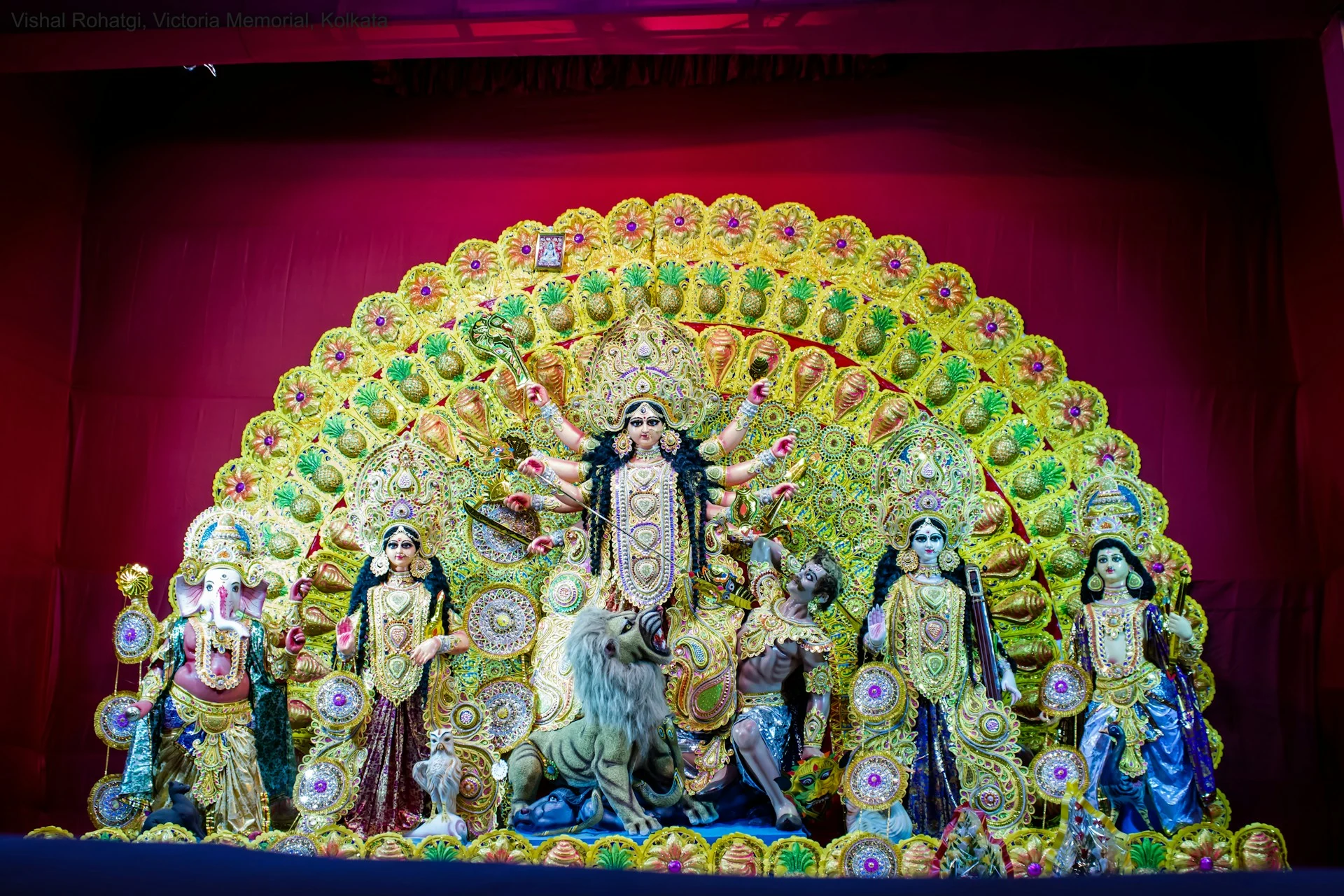
Photo by Vishal Rohatgi
Where: Mostly in West Bengal and other states in Eastern India.
When: The last day of Pitru Paksha, which is around October 7, 2025.
The Durga Puja celebrations start with Mahalaya. Even though it’s a happy time, the main ritual has a lot to do with the ancestors. Families do the Tarpan ritual on this day, giving prayers and water to their ancestors at the river’s edge. People think that this is the day when the ancestors leave the earth and give their blessings before the goddess Durga comes down.
The “Halloween” Connection: It’s a day when you can talk to the spirits of your ancestors and say goodbye before the big festival starts. The time before dawn and the chanting make for a very magical and atmospheric experience.
How it’s Celebrated:
- The Radio Broadcast: For many years, Bengalis have gotten up at 4 AM on Mahalaya to listen to a 90-minute radio show called “Mahisasuramardini.” The divine chants and retelling of the story of Durga on the radio are a big part of the festival.
- Tarpan at the Ghats: In the early morning darkness, thousands of people come to the river ghats to do the ritual of giving water to their ancestors.
Pro Tip for Travellers: To see the magic of Mahalaya, get up early and go to one of the ghats in Kolkata, like Princep Ghat or Babughat. Seeing thousands of people doing rituals as the sun rises is a cultural experience you’ll never forget.
7. Theyyam: When Gods and Spirits Walk the Earth
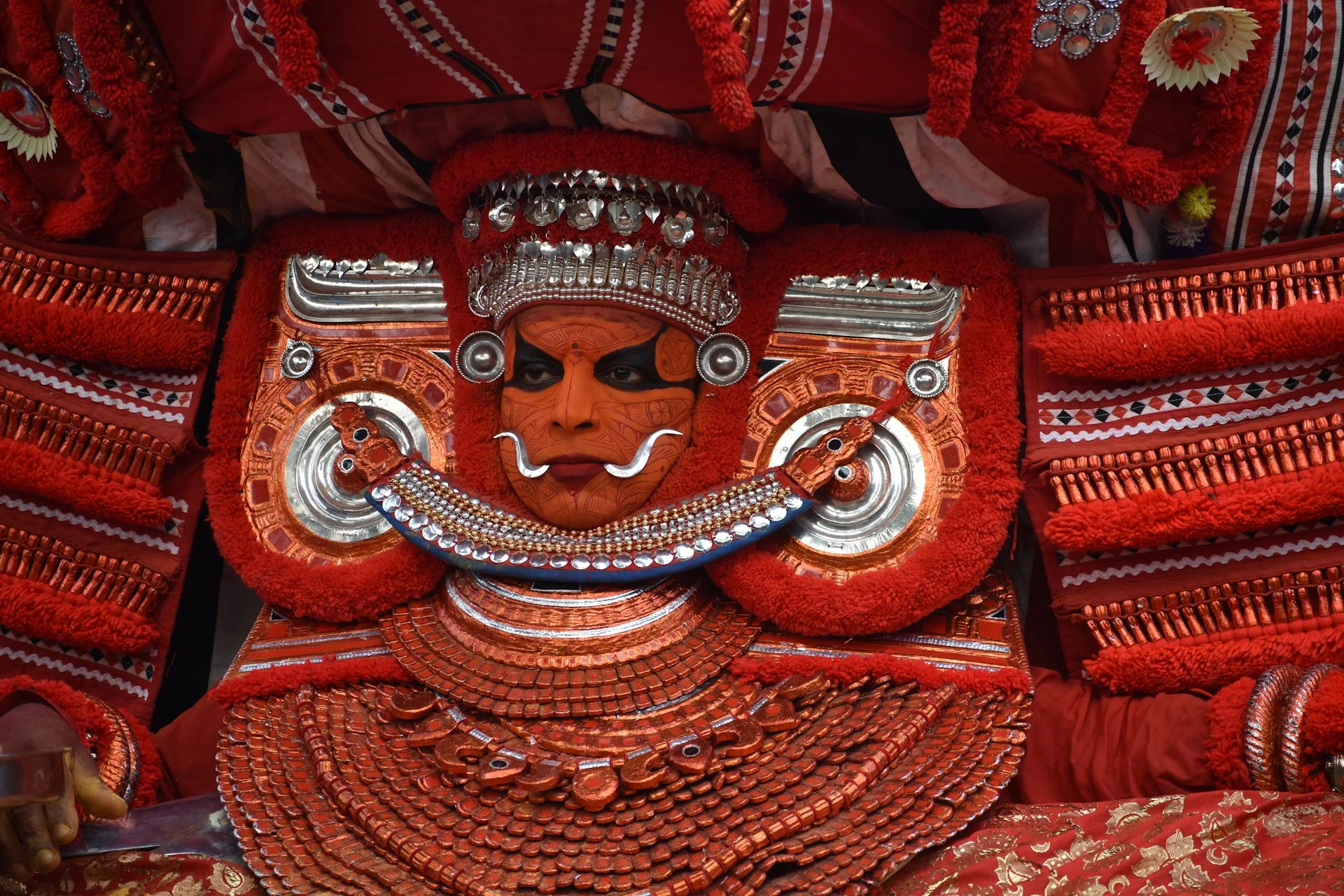
Photo by Dhanasree S Kumar
Where: North Kerala, especially in the Kasaragod and Kannur districts.
When: The Theyyam season lasts from about December to April.
Theyyam is not just one festival; it is a lively and intense dance form that has been around for more than 800 years. People believe that a costumed performer becomes a channel for a god, goddess, or ancestor spirit during a Theyyam performance. It is a strong and otherworldly experience.
The “Halloween” Connection: This is probably the most direct link to the spirit world. People think that the performer becomes the divine or ancestral spirit, which makes the line between the human and the divine blurry in a visually stunning and almost creepy way.
How it’s Celebrated:
- Elaborate Costumes and Makeup: The actors wear amazing, larger-than-life costumes and complex makeup on their faces that can take hours to put on.
- Intense Performance: The dance is lively and trance-like, and the drums keep the beat.
- Blessings from the “God”: When the performer becomes a god, they are treated like a real god. People from the village come to them to ask for blessings, advice, and help with problems.
Pro Tip for Travellers: Theyyam performances are not tourist shows; they are real religious ceremonies that take place in small, local temples called kavus. If you want to understand the customs better, it’s best to go with a local guide.
FAQs
Q. Is Diwali like Halloween in India?
A. No. They happen at the same time and both have lights, but they are very different. Diwali is the “Festival of Lights,” which honours the triumph of light over darkness and good over evil. The Celtic festival of Samhain, which was about the line between the living and the dead, is where Halloween comes from.
Q. Are these festivals scary or sad?
A. It depends. Pitru Paksha is a very serious and respectful time of mourning. Bhoot Chaturdashi has a spooky, protective feel to it. Gai Jatra and Shab-e-Barat are two festivals that bring people together to remember and celebrate. Most of the time, they are more spiritual than scary.
Q. Can I go to these festivals as a tourist?
A. You are almost always welcome to watch. These are real religious and cultural events, so you should always ask before taking pictures of people or private rituals, and you should dress modestly and be polite. People are often encouraged and welcomed to take part directly, like in a Garba dance during Navratri.
Q. What is the biggest difference between these festivals and Halloween today?
A. Commercialism is the biggest difference. These Indian festivals are based on old religious beliefs, family traditions, and the participation of the whole community. For a lot of people, Halloween today is more of a social and commercial holiday centred on costumes and candy.
Last Thoughts!
As the globalised version of Halloween spreads to Indian cities, the country’s own traditions offer a much deeper and more real connection to the themes of life, death, and the spirit world. These festivals teach us that honouring our ancestors and accepting the unknown isn’t just about being scared; it’s also about love, respect, and the strong ties that bind families together.
This year, don’t just look at the pumpkins and fake skeletons. Explore a world of old rituals, colourful customs, and deep religious beliefs. If you want to have an unforgettable trip, go to these Indian festivals that are like Halloween.
If you want to plan a trip that will take you to the heart of India’s unique cultural experiences, think about working with experts like The Tarzan Way (TTW) to make your plans.


